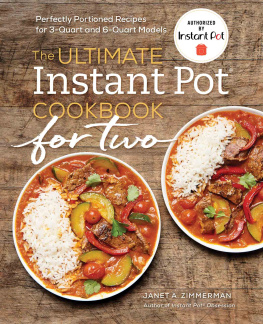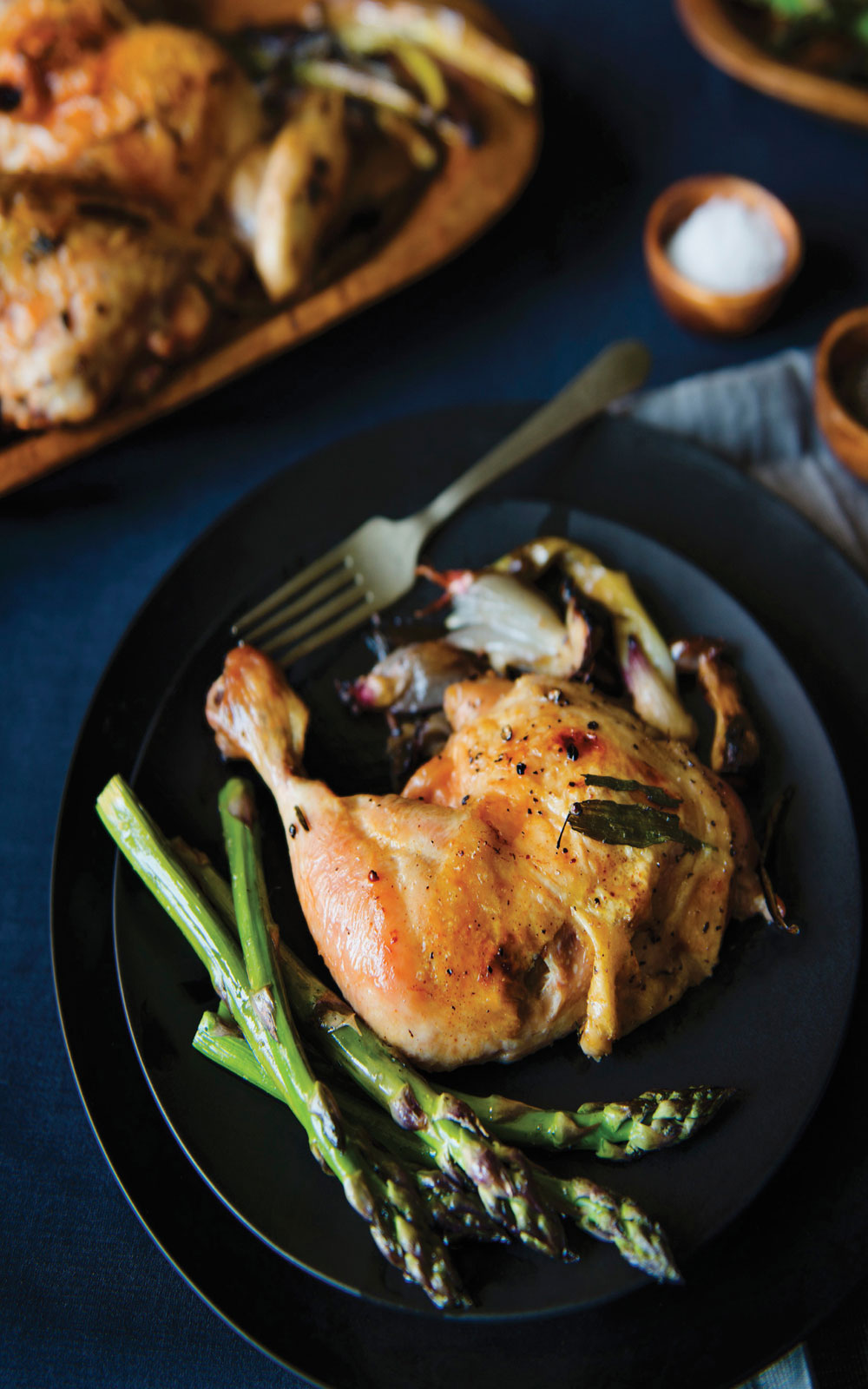Copyright 2015 by Sonoma Press, Berkeley, California
The author wishes to thank Matt South, Robyne Fullagar, and the rest of the staff at The Cooks Warehouse for answering questions and allowing her to check out equipment.
No part of this publication may be reproduced, stored in a retrieval system or transmitted in any form or by any means, electronic, mechanical, photocopying, recording, scanning or otherwise, except as permitted under Section 107 or 108 of the 1976 United States Copyright Act, without the prior written permission of the publisher. Requests to the publisher for permission should be addressed to the Permissions Department, Sonoma Press, 918 Parker Street, Suite A-12, Berkeley, CA 94710.
Limit of Liability/Disclaimer of Warranty: The publisher and the author make no representations or warranties with respect to the accuracy or completeness of the contents of this work and specifically disclaim all warranties, including without limitation warranties of fitness for a particular purpose. No warranty may be created or extended by sales or promotional materials. The advice and strategies contained herein may not be suitable for every situation. This work is sold with the understanding that the publisher is not engaged in rendering medical, legal or other professional advice or services. If professional assistance is required, the services of a competent professional person should be sought. Neither the publisher nor the author shall be liable for damages arising herefrom. The fact that an individual, organization or website is referred to in this work as a citation and/or potential source of further information does not mean that the author or the publisher endorses the information the individual, organization or website may provide or recommendations they/ it may make. Further, readers should be aware that Internet websites listed in this work may have changed or disappeared between when this work was written and when it is read.
For general information on our other products and services or to obtain technical support, please contact our Customer Care Department within the United States at (866) 744-2665, or outside the United States at (510) 253-0500.
Sonoma Press publishes its books in a variety of electronic and print formats. Some content that appears in print may not be available in electronic books, and vice versa.
TRADEMARKS: Sonoma Press and the Sonoma Press logo are trademarks or registered trademarks of Callisto Media Inc. and/or its affiliates, in the United States and other countries, and may not be used without written permission. All other trademarks are the property of their respective owners. Sonoma Press is not associated with any product or vendor mentioned in this book.
Cover photography Offset/Andrew Purcell; Interior photography Stockfood/Michael Marquand,
ISBN: Print 978-1-942411-23-9 | eBook 978-1-942411-24-6
To my mother, who taught me how to cook; my sister, Eileen, with whom I shared an Easy Bake Oven; and Dave, my partner in cooking, teaching, and everything, who edits my prose, tests my recipes, cleans up my messes, and keeps me sane.
CONTENTS

INTRODUCTION

D epending on your age and how much time you spent in the kitchen with your mother or grandmother, you may remember a big, noisy pot on the stove with what looked like a small weather vane on top. As the pot heated up, the top would begin spitting, hissing, and wheezing like an asthmatic cobra.
Stand back, just in case the top blows! my mother would warn us. What? we thought. Pots exploding in the kitchen? Cooking is that dangerous?
As far as I know, my mothers pressure cooker never lost its top, but those early versions really could be dangerous. Even if you never saw one blow up, the threat was frightening enough to keep an entire generation of cooks away from pressure cookers. And if we werent scared, we were mystified. It seemed to me that once my mother put an assortment of raw ingredients into her pot, closed the lid, and turned on the heat, magic started to happen inside. A while later, shed breathe a sigh of relief that the pot was still in one piece before dazzling us with a completed dinner.
Even after I learned how a pressure cooker works, my fear and awe remainedand I know Im not the only American cook who felt that way. While other culinary cultures embraced the pressure cooker, it remained for years an oddity in the US kitchen. But as modern pressure cookers have become safer and easier to use, and cooking healthy meals on a time-restrained schedule has grown more important than ever, weve started to reembrace it fully.
A pressure cooker changes the boiling point of water. At high pressure inside most modern pressure cookersbetween 9 and 15 pounds per square inch (psi)the boiling point is raised from 212F (100C) to as high as 248F (120C). This temperature results not only in faster cooking times but in more flavor, as the physical reactions that produce new flavor molecules happen faster at higher temperatures. So, not only is your pressure-braised meat tender in less time, its also as flavorful as it would be had it simmered in the oven for hours.
Even after I realized how much time a pressure cooker could save me, I was hesitant to add one to my kitchen. I remembered the soups and stews my mother created with hers, and frankly, those dishes didnt entice me. Living alone, the last thing I wanted taking up refrigerator space was a big batch of split pea soup or beef stew. But mostly I was hung up on the idea that anything I cooked in a pressure cooker had to be a start-to-finish meal. That is, everything would go in at once, and when the lid came off, that was it. Those kinds of recipes just werent in my repertoire.
Then I saw a demonstration of pressure cookers at a cookware store. The cook started a risotto dish the usual waysauting onions and arborio rice in butter, then adding wine to reducebefore adding broth and locking on the lid. After releasing the pressure, she finished the dish with butter and cheese. The finished dish took 6 to 7 minutes to prepareversus the usual 30 minuteswithout the constant stirring normally required. That was my kind of cooking.
Thanks to their time-saving, energy-saving, and nutrient-preserving qualities combined, pressure cookers are enjoying a resurgence in popularity. The advantages to todays busy cooks and those seeking to put healthy, yet quick, meals on their tables are real. Whether you choose an electric or a stove-top model, a pressure cooker makes creating wholesome meals from real, unprocessed foods in any cuisine a snap. From Paleo to Mediterranean diets, from clean eating to real food, this valuable cooking tool relieves the pressure to spend hours in the kitchen to feed your family (or yourself) healthily.



















